Cedar Bog
Cedar Bog Nature Preserve is a FEN located in Urbana, Ohio. 14,000 to 24,000 years ago, glaciers from the ice age occupied around two thirds of Ohio. When glaciers moving south came to bedrock in Bellefontaine, Ohio, they folded around the highest point on the land. End Moraines, or glacial hills, formed from the east to west of Cedar Bog, positioning it in the bottom of a valley. The hills are composed mostly of sand and limestone gravel, which water can easily flow through. The Mad River Valley surrounding Cedar Bog is an aquifer. Water that has come to the surface at low points in the valley is what causes the special habitats found at Cedar Bog. Certain plant species can survive here because of the cold and alkaline water.
Plant-Animal Relationships
Virginia Iris (Iris virginica)
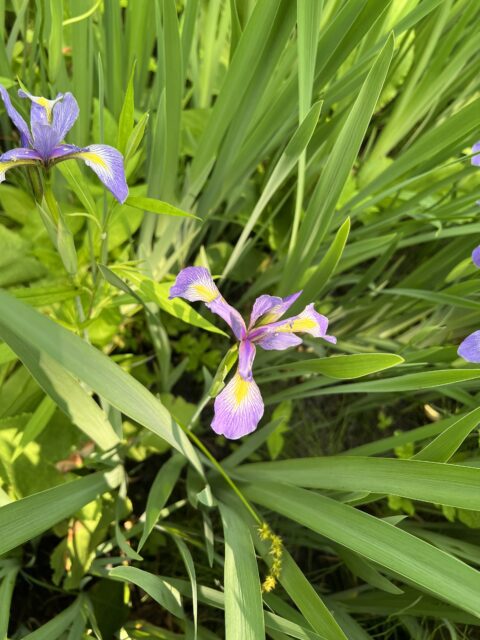
Virginia Iris
The Virginia Iris may as well be shouting, “hey pollinators! look at me!”. The purplish/pink veins that lead right into the bold yellow on the sepals acts as a runway for pollinators showing them exactly the path they need to take to get to what they’re looking for, and what the flower wants them to find. The Virginia Iris has 3 petal-like sepals, 3 petals, simple, alternate leaves, and long and thin basal leaves. The three upright petals of an iris are said to be symbolic of faith, wisdom, and valor. https://www.fs.usda.gov/wildflowers/beauty/iris/Blue_Flag/iris_virginica.shtml https://www.meadowsfarms.com/great-big-greenhouse-gardening-blog/six-fun-facts-about-iris/
Northern Prickly-Ash (Zanthoxylum americanum)

Northern prickly ash
The northern prickly-ash has a number of different relationships with wildlife. The flowers are a pollen and nectar source for a variety of insects, the leaves are food for giant swallowtail larvae, the sap provides food for a variety of treehoppers and leafhoppers, its fruit is eaten by smaller mammals and birds, and its thicket provides important covering and habitat for wildlife. The northern prickly-ash has pinnately compound leaves that are alternate, and they also have thorny twigs! Although they may appear similar to ash trees (and share a name), they are actually a member of the citrus family, which is also why the giant swallowtail likes to lay their eggs on them. Another name for this tree is the toothache tree because Native Americans would chew on its bark or fruits to numb their mouth from any dental pain. https://www.dhnature.org/prickly-ash.
Conservative Fen Plants
Northern White Cedar (Thuja occidentalis)
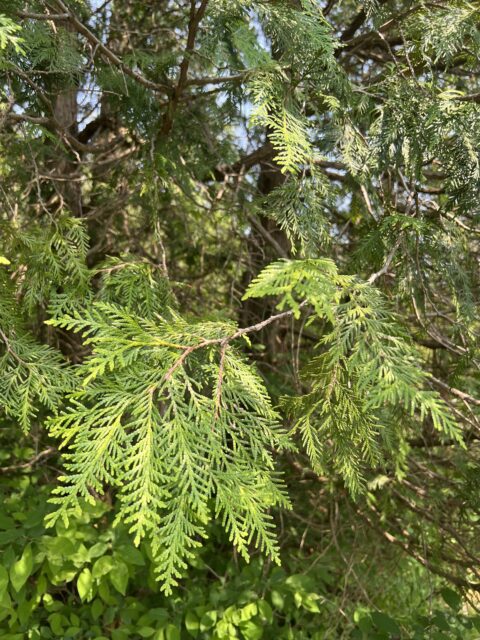
Northern white cedar
The CC value of the Northern White Cedar is 9.
Prairie Valerian (Valeriana ciliata)
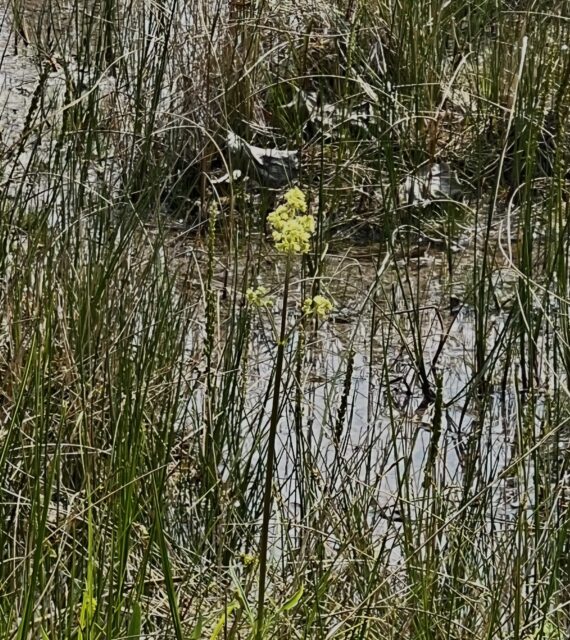
Prairie valerian
The CC value of Prairie Valerian is 10.
Swamp Birch (Betula pumila)

Swamp birch
The CC value of Swamp Birch is 10.
Marsh Arrow-Grass (Triglochin palustre)
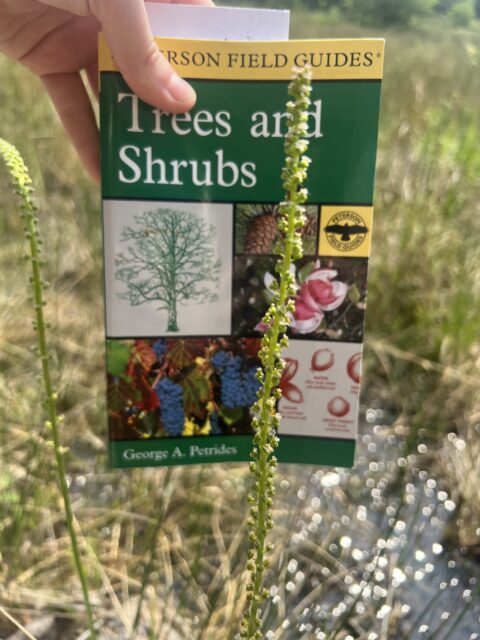
Arrow grass
The CC value of Marsh Arrow-Grass is 10.
Ash Trees
Black Ash (Fraxinus nigra)
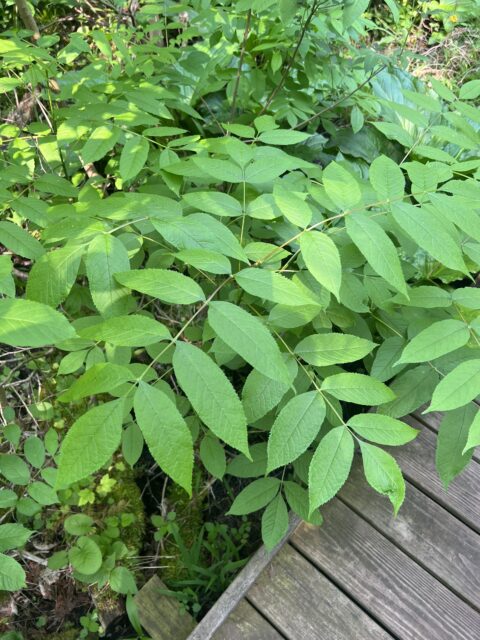
Black ash
Black Ash has opposite, serrated, pinnately compound leaves. The black ash has cessile leaflets, meaning that the leaf blades are attached directly to the stem.
Green Ash (Fraxinus pennsylvanica)

Green ash
Green Ash has opposite, sometimes serrated sometimes not leaves, that are pinnately compound. In contrast to the black ash, the green ash does not have cessile leaflets.
Floristic Quality of Plant Communities
SWAMP FOREST ABBREVIATED SPECIES LIST
Caltha palustris – Marsh Marigold – OBL – 6
Iris viginica – Virginia Iris (Southern Blue Flag) – OBL – 6
Lindera benzoin – Spicebush – FACW – 5
Senecio aureus – Golden Ragwort – FACW – 4
Symplocarpus foetidus – Skunk Cabbage – OBL – 6
Ranunculus septentrionalis – Northern Swamp Buttercup – FAC – 4
Sedge Meadow Abbreviated Species List
Dasyphora fruticosa – Shrubby Cinquefoil – FACW – 10
Drosera rotundifolia – Round-Leaved Sundew – OBL – 7
Betula pumila – Swamp Birch – OBL – 10
Valeriana uliginosa – Swamp Valerian – (FACW+) – 10
Toxicodendron vernix – Poison Sumac – OBL – 7
Utricularia minor – Lesser Bladderwort – 6
